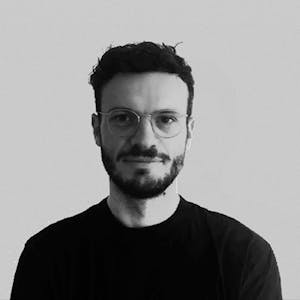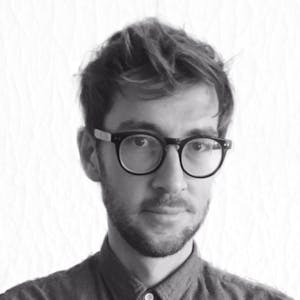WHY EXPLORING the CITY
is a POLITICAL act
Who is eligible to use certain spaces? What defines public space and who owns and allows access to it? Who has the right to the city? How does architecture and urban planning influence people's everyday lives? Who benefits from it, who is left behind? The paper by Christian Haid and Lukas Staudinger is exploring the answers to these questions. Christian and Lukas are lecturers and supervisors of the City Lab Venice at European Cultural Academy, and founders of POLIGONAL Office for Urban Communication in Berlin.
The City is a Mesh of Complex Relations
Cities are more than infrastructures and agglomerations of buildings to live and work in;they are more than street grids connecting places. Cities are everything at once, with endless situations, moments, and encounters happening simultaneously in a network of inextricable relations and connections. Over thousands of years, these urban connections have brought forth the most magnificent achievements of civilization:from democracy to unionization, from typography to symphonic orchestras, from electricity to heart transplants. Where people meet, make deals, work, and depend on each other, new things –good and bad –are created and negotiated. This is urban life and how society evolves. Cities can alsobe places of enormous inequalities, poverty, exclusion, and violence. Urban life is all of that, and the city is the arena in whichit all unfolds. This is an understanding of city life as a process, as something constantly under construction and therefore characterized by uncertainty and unpredictability –hence, acity in the making(Simone 2009).
Investigating the city to gain a better understanding of urbanity is the only way to make informed decisions as architects, urban planners, designers, politicians, and citizens.
The City as a Laboratory.
The world – including urban life – is complex, and we will probably never fully understand every single aspect of it. However,we should at least try (Sennett 1996)! We are convinced that investigating the city to gain a better understanding of urbanity is the only way to make informed decisions as architects, urban planners, designers, politicians, and citizens. Exploring the city helps us comprehendunknown life-worldsbybringing different actors together in conversation and opening up new perspectives. Such experiences are the essential foundation for a meaningful and responsible participation in the production of the city.
Learning from the Everyday and Ordinary.
Addressing and investigating social, cultural, political, economical, and material dimensions of the city requires an interdisciplinary focus – and oftentimes unconventional methods. The Swiss sociologist and self-proclaimed "pedestrian-scientist" Lucius Burckhardt (2006) considers breaking down barriers of everyday perception and their associated stigmas to be an essential prerequisite for the co-creation of the urban environment. For him, walking isa quintessential research tool to look behind the veil of urban life and to learn from the mundane, the seemingly banal. As a matter of fact, it is often these superficiallyuninteresting aspects that make for the most helpful discoveries. By talking to residents who share their opinions and stories, who give insights into their everyday lives, the previously neglected becomes a source of inspiration and for new ideas. All cities are best understood as ordinary (Robinson 2013).
Exploring as Responsibility.
Who is eligible to use certain spaces? What defines public space, and who owns and allows access to it? Who has the right to the city? How does architecture and urban planning influence people's everyday lives? Who benefits from it, and who is left behind? We argue that bringing some of the more underrepresented and forgotten aspects of urban life to the foreground stimulates critical discourse between citizens, professionals, and academics interested and engaged in the urban. As urban researchers, we have to put aside our ingrainedhabits of maneuveringthrough urban spaces and try to look at the city through the lens of others. Only through this practicecan we come a bit closer to understanding cities in all theircomplexities. For us, revealing alternative views on the city, unexpected observations, and unforeseeable encounters therefore constitutes a political and democratic act.
References:
Burckhardt, Lucius. Warum ist Landschaft schön? Die Spaziergangswissenschaft. Martin Schmitz Verlag, 2006.
Robinson, Jennifer. Ordinary Cities: Between Modernity and Development. Routledge, 2013. Sennett, Richard. Flesh and Stone. W. W. Norton & Company, New York City.
Simone, AbdouMaliq. City Life from Jakarta to Dakar. Routledge, 2009.
Autors and
participants


collaboration idea?